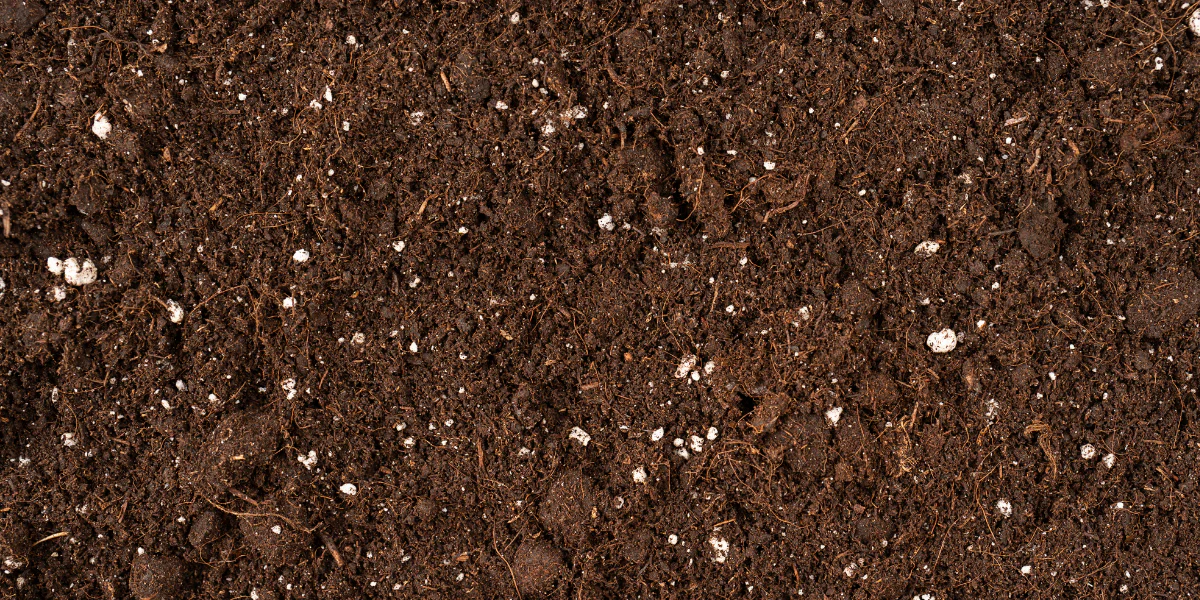The Importance of Soil Health in Lawn Care
By Dr. Green Lawn | July 9, 2024
When it comes to achieving a lush, green lawn, many homeowners focus on watering, mowing, and fertilizing. While these practices are important, they often overlook the foundation of a healthy lawn: the soil. Soil health plays a crucial role in the vitality of your grass, influencing everything from nutrient availability to water retention. Understanding and maintaining soil health is essential for a thriving lawn.

What is Soil Health?
Soil health refers to the soil’s ability to function as a living ecosystem that sustains plants, animals, and humans. Healthy soil is teeming with life, including beneficial microorganisms, insects, and earthworms, all of which contribute to a balanced ecosystem. Key indicators of soil health include:
• Soil Structure: Good soil structure allows for proper air and water movement, root growth, and microbial activity.
• Nutrient Content: Healthy soil contains essential nutrients like nitrogen, phosphorus, and potassium, as well as trace elements that plants need for growth.
• Organic Matter: Organic matter improves soil structure, water retention, and nutrient availability. It also provides food for beneficial microorganisms.
• pH Level: The soil’s pH affects nutrient availability. Most grasses prefer a slightly acidic to neutral pH (6.0-7.0).
The Role of Soil Health in Lawn Care
1. Nutrient Availability
Healthy soil provides a balanced supply of nutrients necessary for grass growth. When soil is deficient in key nutrients, grass becomes weak and susceptible to disease, pests, and environmental stress. Regular soil testing can help identify nutrient deficiencies, allowing for targeted fertilization that supports robust lawn health.
2. Water Retention and Drainage
Soil health impacts the lawn’s ability to retain and drain water. Compacted or poor-structured soil can lead to waterlogging, root rot, and poor air circulation. Conversely, well-structured soil retains moisture effectively, reducing the need for frequent watering and helping grass survive drought conditions.
3. Disease and Pest Resistance
Healthy soil fosters a diverse microbial community that can suppress harmful pathogens and pests. Beneficial microbes compete with and inhibit disease-causing organisms, reducing the likelihood of lawn diseases. Additionally, a strong root system supported by healthy soil is more resistant to pest damage.
4. Root Development
Healthy soil promotes deep and extensive root development. Deep roots anchor the grass, improve nutrient and water uptake, and enhance the lawn’s overall resilience. Shallow root systems, often a result of poor soil health, leave grass vulnerable to environmental stress and nutrient deficiencies.
5. Organic Matter and Microbial Activity
Adding organic matter to the soil, such as compost or grass clippings, improves soil structure and provides food for beneficial microorganisms. These microorganisms break down organic matter, releasing nutrients and creating a dynamic and sustainable soil ecosystem. This continuous cycle of nutrient release supports healthy, vigorous grass growth.

How to Improve Soil Health
1. Regular Soil Testing
Conduct soil tests to determine nutrient levels, pH, and organic matter content. Based on the results, you can amend the soil with the necessary nutrients and organic matter.
2. Aeration
Aerating the lawn reduces soil compaction, enhances root growth, and improves water and nutrient penetration. Aeration creates small holes in the soil, allowing air, water, and nutrients to reach the root zone more effectively.
3. Organic Amendments
Incorporate organic matter such as compost, aged manure, or peat moss into the soil. These amendments improve soil structure, water retention, and nutrient availability.
4. Proper Mowing and Watering
Maintain proper mowing height and watering practices to reduce stress on the grass and promote healthy soil conditions. Avoid overwatering, which can lead to waterlogging and nutrient leaching.
Maintaining a Healthy Lawn
Focusing on soil health is fundamental to achieving and maintaining a healthy lawn. By understanding the importance of soil structure, nutrient content, and microbial activity, homeowners can create an environment that supports vigorous grass growth and a resilient lawn. Regular soil testing, aeration, and organic amendments are key practices in nurturing healthy soil, ultimately leading to a beautiful and sustainable lawn.
Contact us today to schedule a consultation and take the first step toward a gorgeous lawn you can be proud of.




